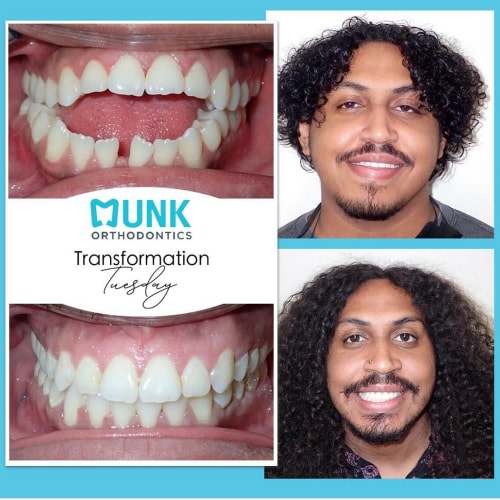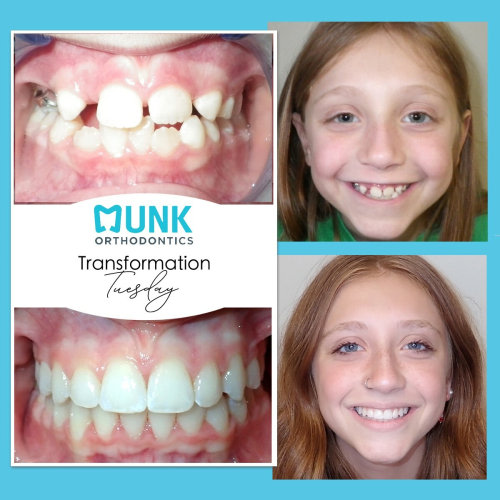Orthodontic Care For All Ages
At Munk Orthodontics, we are here to help make your dream smile a reality by giving you a straight and healthy smile.
-
Orthodontics for Kids
We offer early orthodontic intervention for children to help stop developing jaw and teeth misalignments in their tracks.
-
Orthodontics for Teens
We offer orthodontic guidance for teens' smiles as they grow, with treatment options to suit their busy lifestyles.
-
Orthodontics for Adults
It's never too late to improve your smile and your bite! We offer a number of orthodontic treatment options for adults.

Welcome to Munk Orthodontics
Braces & Clear Aligners for Children, Teens & Adults
Munk Orthodontics has three convenient locations in Clarkston, Oxford and Davison. We proudly offer personalized braces and clear aligner treatment for patients of all ages.
We’re passionate about improving lives through personalized orthodontic care, delivered with integrity and a commitment to each patient’s unique journey.
We take a conservative approach to treatment for young children, intervening only when necessary, but always aiming to begin treatment at a time that ensures the greatest result and the least amount of time and expense.
For teens and adults, our goal is to provide minimally invasive, low-profile treatment plans that are compatible with lifestyle needs, while also ultimately providing that much-sought-after straighter smile.
Clear Aligner Treatment
With Invisalign® and Spark™ Aligners, we can help teens and adults achieve straighter smiles without the brackets and wires that come with braces.
Braces for Any Smile
At Munk Orthodontics, we believe braces are for everyone. Our orthodontist offers treatment options for children, teens and adults, including traditional metal braces and discreet self-ligating braces.
Flexible Payment Plans & Financing Options
Finances should never be a barrier to achieving a straighter, healthier smile. Munk Orthodontics offers flexible in-house financing and CareCredit to help you achieve a smile you are proud to show off.
Celebrating Our Patients
Before & After
Check out the results we achieved for former patients at Munk Orthodontics.
3 Convenient Locations
At our three Munk Orthodontics locations across Eastern Michigan, we serve patients of all ages. Whether you're from Clarkston, Oxford, Davison or the surrounding area, we've got you covered.
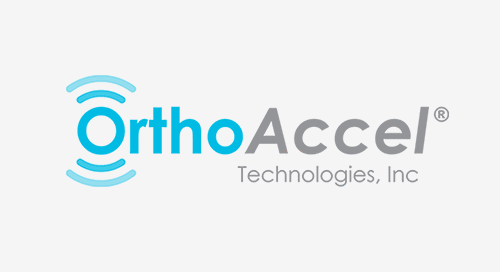
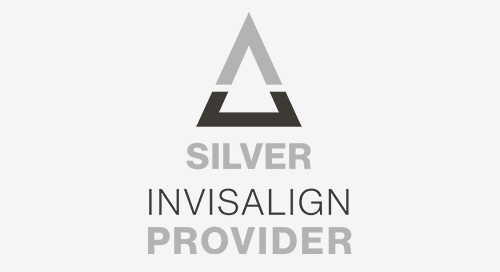
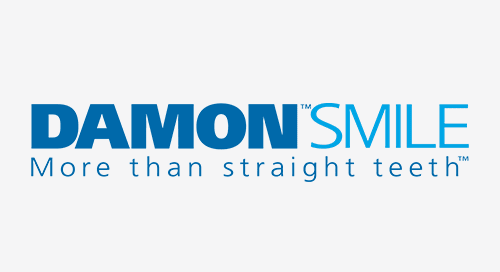

 Provider
Provider










